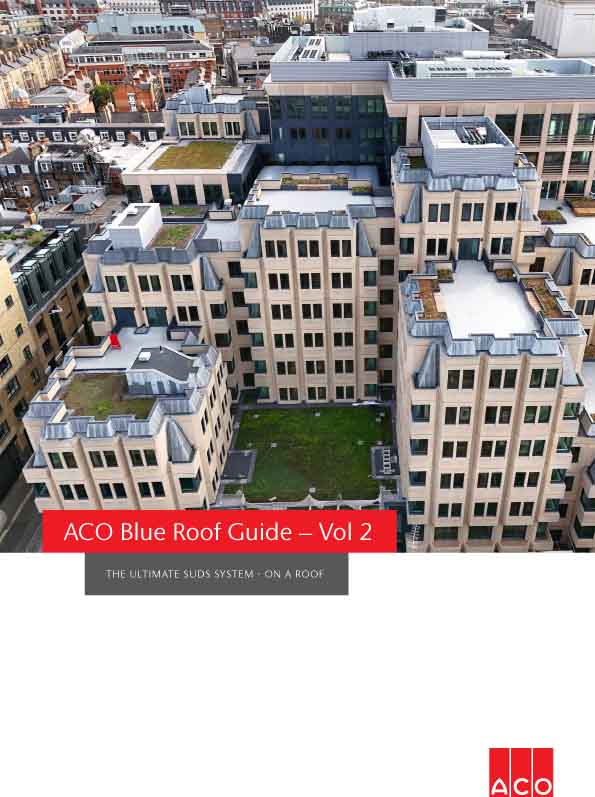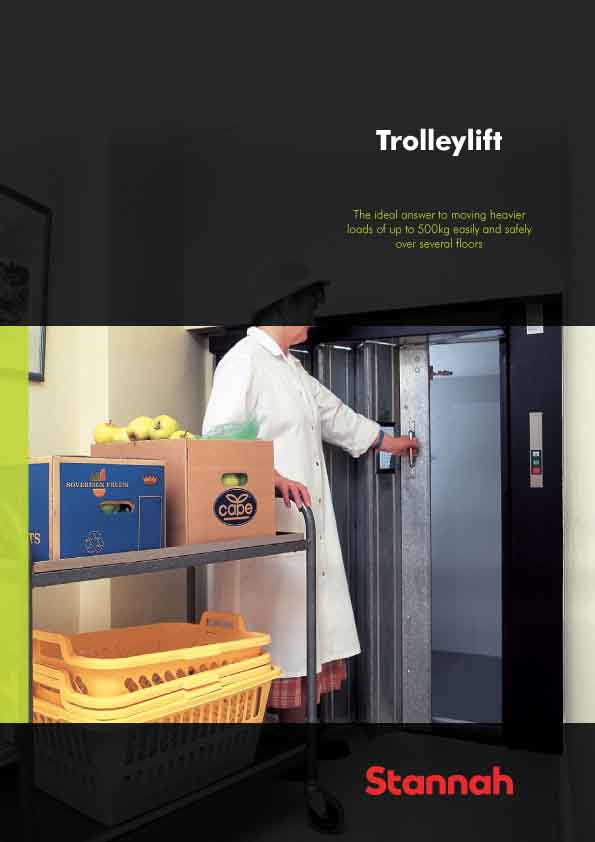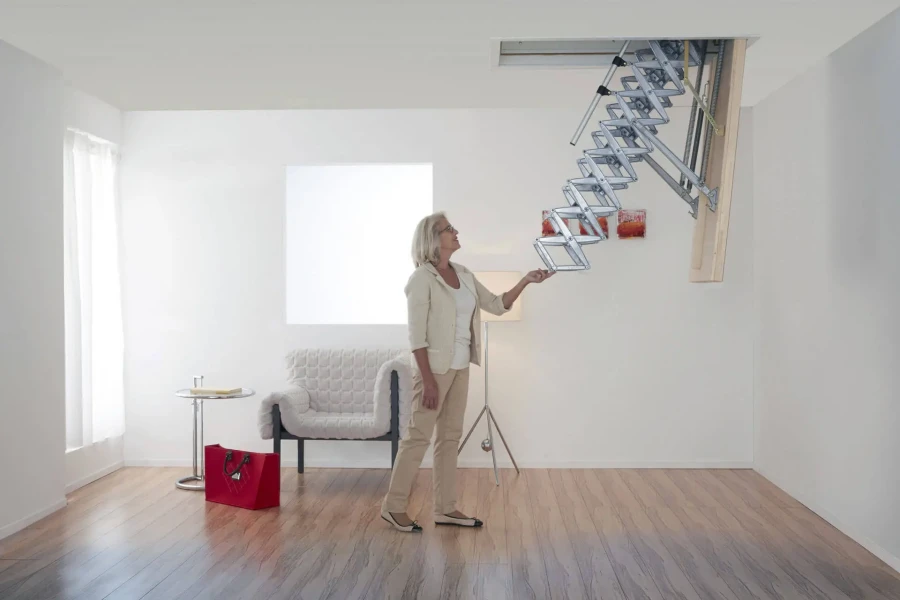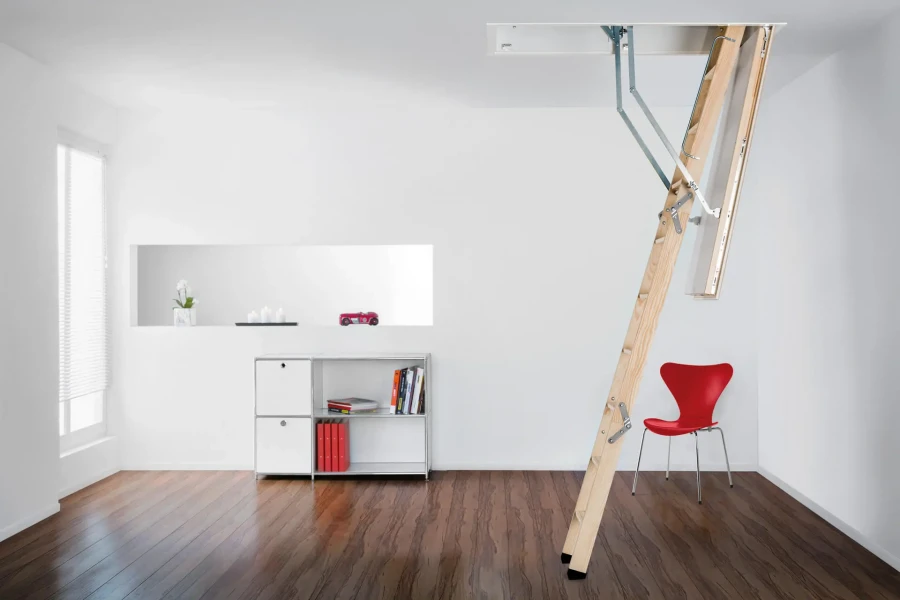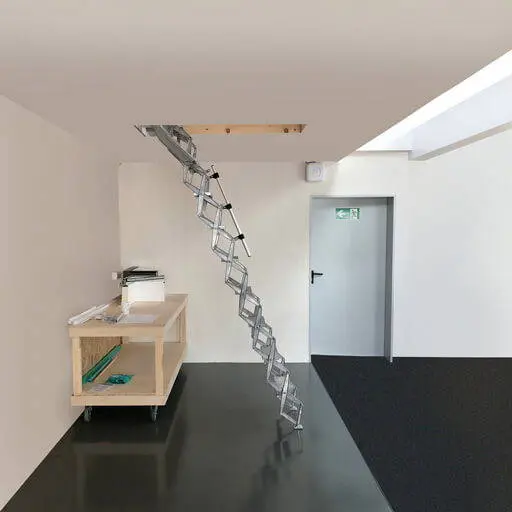The softwood category started 2023 on a high, with volumes up 12% compared to January 2022, according to the latest Timber Development UK statistics.
The latest softwood import figures suggest that normality may finally be returning to the market after a challenging few years, according to TDUK’s Head of Technical and Trade, Nick Boulton.
Softwood imports totalled 426,000m3 in January 2023 due to volume increases from Sweden, Finland and the Republic of Ireland.
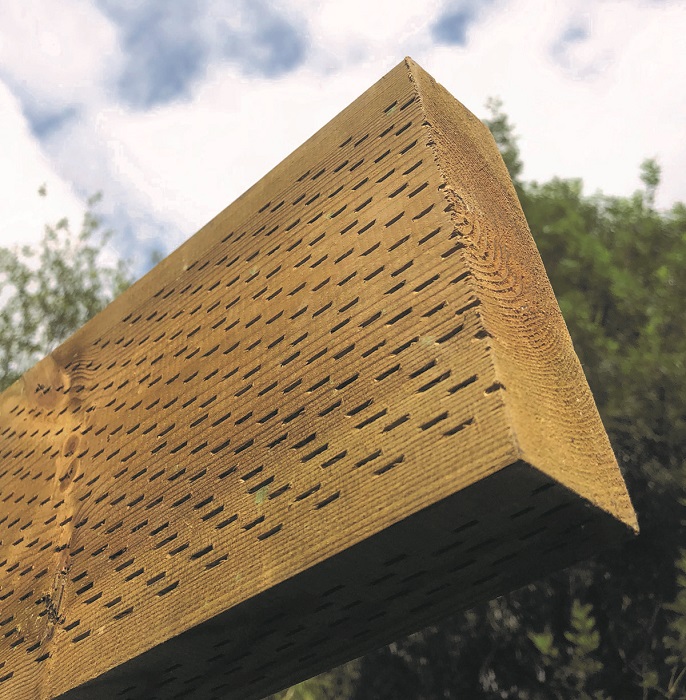
Nick says: “It is great to see softwood imports on the up once more after a tricky 2022. This growth is largely attributable to returning construction activity, with recent Department for Business and Trade figures reporting increased RM&I work in early 2023.”
Despite these increases, however, overall timber import volumes were 8.7% lower than in January 2022. This is the result of significant declines in panel product imports, with plywood and particleboard down 42% and 18% respectively. Hardwood imports also dropped by 37% following a record 2022.
Nick believes these falling volumes are due to unusually high imports in January 2022 and the resultant high stock levels within the UK market, rather than being a sign of downward market trends.
Yearly import volumes are, on average, around 100,000m3 higher than they were in 2013, despite most of 2022 seeing a decline in imports of the main timber and panel products of 2.4 million m3 compared to the same period in 2021.
This was driven by a 25% reduction in the volume of softwood imports, compared with the record totals seen in 2021. Despite this significant fall in volume and total value, the average cost price of softwood imports rose 7% as global demand remained strong.
Hardwood grows in 2022
Only hardwoods saw growth in 2022, with volumes up 7% on the year before. Hardwood imports totalled 576,000m3 at a value of £433 million, establishing 2022 as the best year for hardwood imports by the UK this century.
Nick explains: “2021 was a record year for timber imports in the UK but it was clear from Q2 onwards that this was unlikely to be emulated in 2022.
“Demand for timber slowed last year from the dizzying heights of 2021, with high inflation and economic volatility harming consumer confidence in key sectors like retail and RM&I. Political instability in Q3 2022 also undermined confidence in the housing market and reduced housing starts and timber demand.
“Supplies of timber on the ground remained healthy, reducing the need for further imports. Despite a tricky 2022 there is still room for optimism, with members reporting good demand in early 2023.
“The economic outlook has also improved, with the CPA predicting just a shallow UK recession this year and growth heading into Q3/4.
“Overall, the 2022 stats show that despite recent import volatility, timber is heading in the right direction long-term, with an upward trend seen since 2009. This is set to continue as the UK Government looks to decarbonise the built environment using timber.”
Volume swings calm as 2023 starts
We have seen less volatility in timber volumes at the beginning of 2023 than was seen in both 2020 and 2021. The rate of change in 2022 import volumes appeared to ‘normalise’ at a similar scale to the pre-Brexit and pre-Covid years – and 2023 has started in similar vein.
The overall decline in January 2023 volumes compared with the previous year was mostly driven by lower MDF, particleboard and plywood imports.
Hardwood volumes were also lower, but are of a much smaller scale. These lower volumes outweighed the volume increases recorded for softwood imports, OSB and Engineered Wood Products (EWP) imports.
Falling outputs forecast
Forecasts from the Construction Products Association expect the wider UK economy to do better in 2023 than was previously expected, but for construction output to fall by 4.7%, although as with the softwood imports, this is from a historic two-year, post-pandemic high.
This forecast fall is likely to be the result of falling real household incomes and rising interest rates.
As a result, the largest falls in construction activity are expected to be in sectors most reliant on households, such as private housing newbuild and RM&I, though growth is likely to continue in the infrastructure and industrial sectors.










